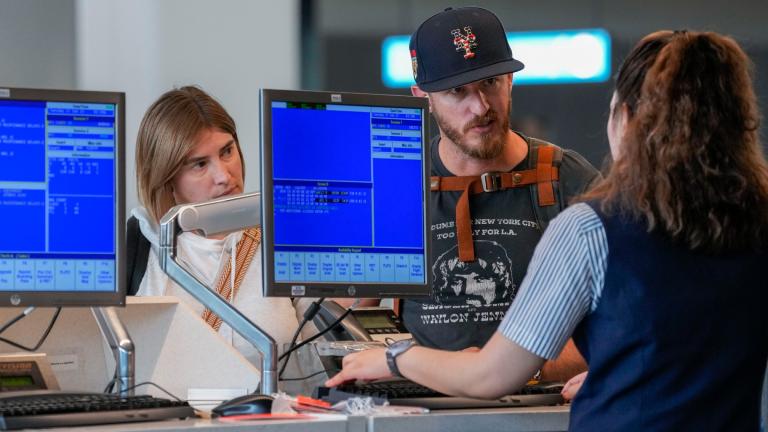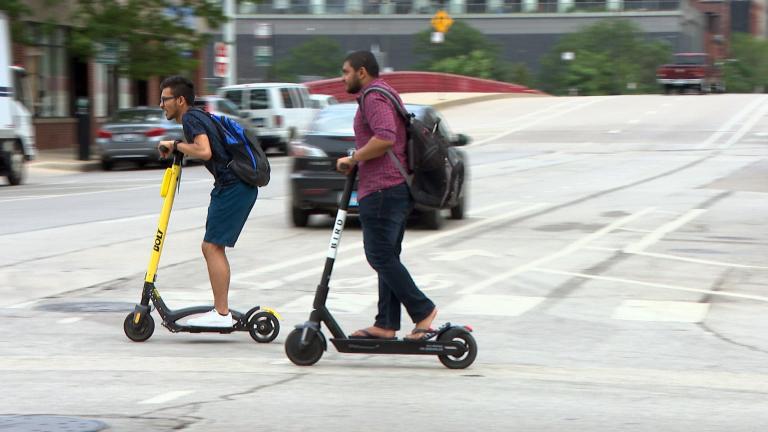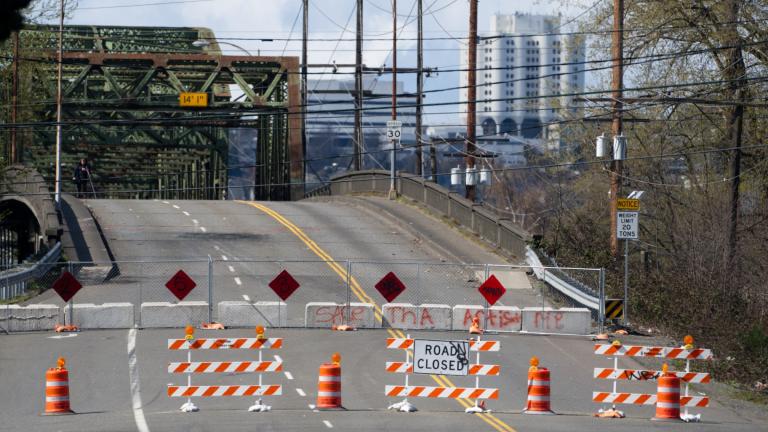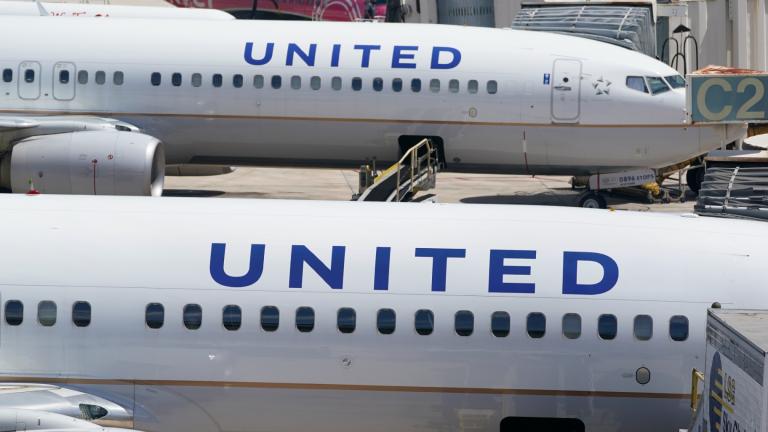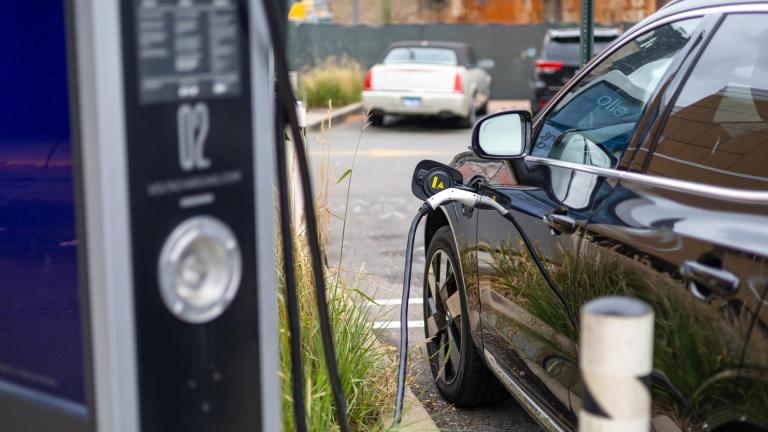Chicago and the world is on the brink of a transportation revolution – and activists for racial equity want to ensure the benefits of that revolution reach communities of color.
“The scooters on our streets today and the dockless bikeshare bikes from last summer’s pilot program represent the clearest visual examples of the disruption seeding a tectonic shift in the transportation sector in Chicago,” wrote Olatunji Oboi Reed in a recent op-ed for Crain’s Chicago Business.
Reed is president and CEO of Equiticity, a Chicago-based group that advocates for racial equity in the distribution of resources and co-founder of Slow Roll Chicago, which promotes bicycle use on the South and West Sides.
“Scooters give us a very stark visual representation of the transportation revolution that is taking place in our society,” Reed told WTTW News. “Technology is going to drag transportation technology forward whether others like it or not.”
But Reed believes that scooters and other alternative means of transportation – from Divvy bikes to ride-sharing services – could either help bridge the mobility gap between affluent and poorer communities or exacerbate it.
“Should scooter ridership in Chicago grow, that could potentially mean less people riding public transit,” said Reed. And if that leads to lower revenues for the Chicago Transit Authority it may have to cut back on services.
“Now who are the people that need public transit the most in Chicago? Low- to moderate-income people, predominantly black and brown people on the South and West Side,” said Reed. “Should scooters and all of the other emerging ride-share technologies result in an adverse impact on public transit we will bear the brunt of that.”
For Reed, the issue of mobility intersects with the economics. He fears that scooter use could grow and be just one of many mobility options in white neighborhoods while poorer communities of color are left behind.
“So now what you have is increased mobility in white neighborhoods and black and brown neighborhoods do not see an increase in mobility,” said Reed. “So we don’t get greater access to jobs. We don’t increase people being able to move not only around their neighborhoods but the entire city and have access to jobs, education, better grocery stores … access to all of the myriad assets of our city.”
He also notes that in predominantly white neighborhoods there’s “a stronger culture around cycling” – and possibly more bike lanes. But on the South and West Sides not as many people choose to cycle for a variety of reasons, including safety concerns.
“The perception of violence is much higher than the reality of violence,” said Reed. “However, there is violence in our neighborhoods. It’s high. And people make choices around mobility based on their perceptions of violence. So they are less willing to walk. They are less willing to bike and they are less willing to ride scooters and even potentially public transit because of the concerns around violence in our neighborhoods.”
Policing tactics have also discouraged people of color from riding bikes, according to Reed.
“The Chicago Police Department was targeting cyclists for minor infractions as a crime reduction strategy,” said Reed. “It was racial profiling under a different name. That discouraged people from riding bikes in our neighborhoods and it may discourage people from riding scooters. If scooter riders who are not comfortable riding them on the street ride them on the sidewalk and CPD give people tickets for those kinds of infractions then people are less likely to ride scooters in our neighborhoods.”
Ultimately, what Reed would like to see is the city proactively work to create racial equity, creating policy and legislation “informed by black and black and brown people who bear the brunt of structural racism in our city.”
And as a cyclist, he would like to see a connected network of truly protected bikes and scooter lanes – not just painted stripes on the road – across the city.
“We have to move past just thinking about our city as just wards – cities within cities – where aldermen have total control over what happens,” said Reed. “That’s why you have this differentiated bicycle network that exists in our city. I should be able to ride on a bike lane from as far south to as far north as that street will take me.”
Related stories:
New Study Finds Chicago Scooter Rides Peak During Rush Hour
Chicago Mayor, Clerk Move to Lighten ‘Crushing’ Vehicle Fines
Chicago Public Transit Leaders Talk Influx of State Funding
Tour the Southeast Side Facility Producing New CTA Rail Cars
Chicago’s Bike Infrastructure is Evolving, But Inequality Persists

